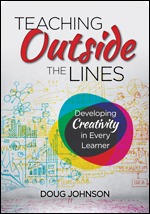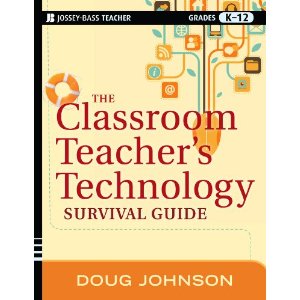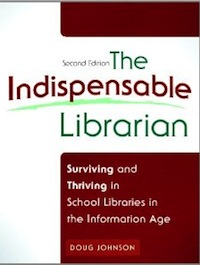
HUMANeX, StrengthFinder (1 and 2), Myers-Briggs tests - I've taken them all as a part of "leadership" programs during my career. While I find such tools interesting, I am not sure exactly if the results from them had much impact on my leadership ability. Leadership, like happiness, is not something about which I ever spent a great deal of time worrying.
What leadership development programs often do is make one reflect upon problems and one's perception of them. Among my highest ranked "talents" was usually problem-solver. While I certainly had times when I wished problems had come less often and and had been easier to solve, having a job - leading a technology department - that is basically solving people's problems (which then become one's own problems) makes for interesting work.
I learned the hard way just how important it is to have a job with challenges. After two overly-challenging years as a high school English teacher fresh out of college in a poor rural district in Iowa, teaching 6 classes, having 5 preps, and sponsoring class plays, speech contest, the yearbook, and the school newspaper plus working at a gas station on the weekends to pay the bills, I swore I wanted a job that required no thinking whatsoever.
And I got my wish. To support myself and my family while I attended graduate school, I got a job the central sterilizing department at the University of Iowa Hospital. 3-11 shift.
Although central sterilizing sounds like a rather unpleasant activity involving the removal of body parts, what the department actually did was clean and prepare surgical equipment and supplies. Steel instruments needed to be washed and disinfected through a trip through an autoclave. Three-gown-packs of surgical gowns, drapes, towels, and bowls were endlessly prepared. This was my usual job - to stand at a table, laying down a large cloth into which I would place gowns, towels, and bowls in a specific layout, fold it, tape it, date it, and place it on a cart that would later be pushed into a giant autoclave. Every evening, five evenings a week, 8 hours an evening - a job that would bore even a robot.
After two weeks I was going crazy. But I stuck out the job for the 15 months it took to get my masters degree. When I returned to the classroom, it was with a fresh appreciation for problems - and having a job that required solving them.
Jonathan Kozel advises picking battles that are big enough to matter, but small enough to win. This can be applied to problems as well. We need to learn to ignore those problems that are too big to solve within one's own sphere of influence, but not to dwell on the unimportant ones. There is a problem-solving sweet spot, akin to Csikszentmihalyi's flow experience depending on the task at hand falling between boring and frustrating.
So the challenge I had as a leader was to help my staff find that problem-solving sweet spot, identify the battles that are big enough to matter but small enough to win, and perhaps most importantly, see problems as a blessing, not a curse.
Original post 1/6/17
 Sunday, August 30, 2020 at 10:27AM
Sunday, August 30, 2020 at 10:27AM 











